Tanks rushed, raising the wind
On August 12, 1918, the Amiens offensive operation ended, in which the Allies, having entered into battle tank armada, finally broke through the wall of the positional dead end of the First World War. The operation began on August 8, when the British suddenly, without a long artillery bombardment, threw 415 tanks into German positions on a narrow section of the front. Even for World War II, this concentration of armored was extraordinary. Advancing behind the fire rampart, tank units supported by infantry broke through three lines of German defense during the day and advanced 8-10 kilometers at the cost of losing about 100 vehicles. In the following days, the breakthrough was deepened and expanded, and the German army was unable to counterattack and restore the situation.
In the course of the operation, the British, Canadians, Australians and French lost in the total count of 44 thousands of people killed, wounded and captured, and the Germans 74 thousands, of whom almost 50 thousands surrendered (according to other data 33 thousands). Thus, contrary to the canons of the time, the losses of the attackers turned out to be significantly less than those of the defenders. Amiens showed that the German army, even with carefully prepared and deeply echeloned defense, can no longer hold back and parry the blows of an enemy with an overwhelming logistical superiority.
On August 13, quartermaster-general Erich Ludendorff, at a meeting of the High Command, openly declared for the first time that Germany was unable to win the war and that politicians needed to find a way out of it with the least damage to the country. Subsequently, he called the day the outbreak of the Battle of Amiens "the darkest day of the German army."
English tanks are moving forward.
Tank Mk.IV tadpole with a long back to overcome the anti-tank ditches.
Tank Mk.V **.
Lightweight speed tank Wippet.
Immediately before the beginning of a tank attack, British gunners blinded the enemy, filling enemy positions with smoke and chemical projectiles.
English armored patrol.
The British in the newly liberated from the Germans French town.
English soldiers and male tank Iron Duke
Not mastered.
The results of the German VET.
One of the tanks that failed due to technical reasons.
The British inspect the captured German anti-tank gun "Tankgever-18".
German guns captured by the British during the attack near Amiens.
A column of German prisoners of war.
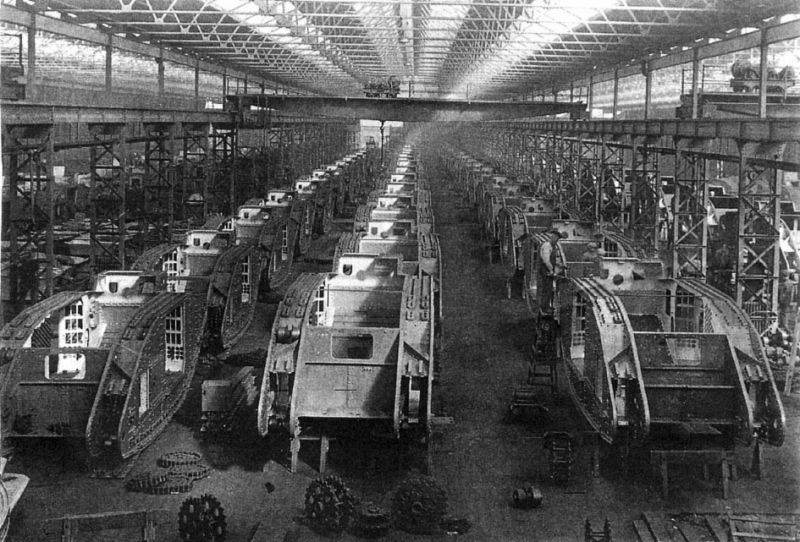
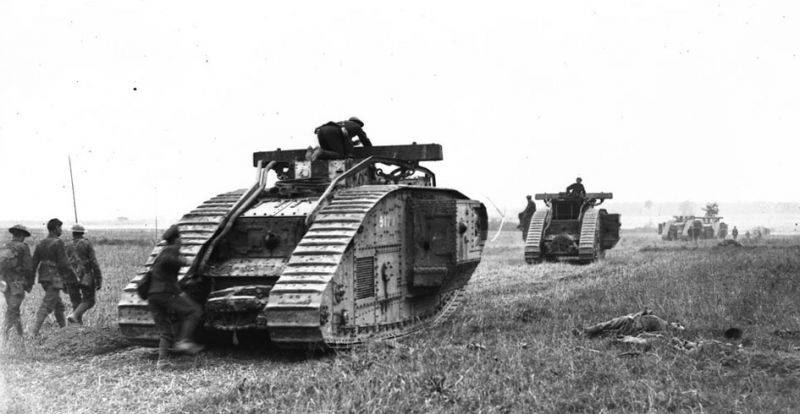
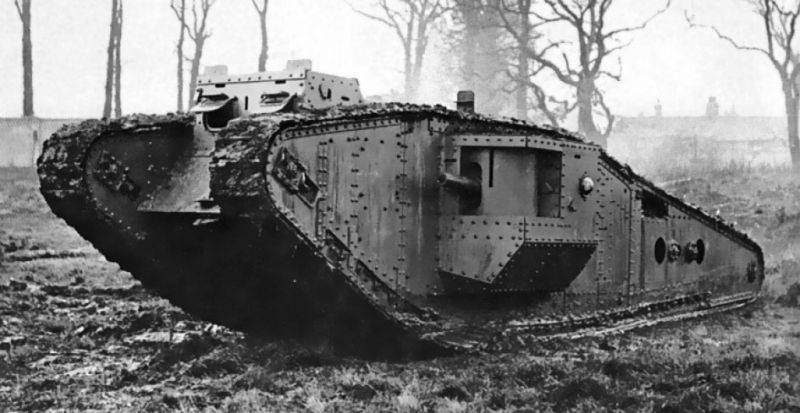
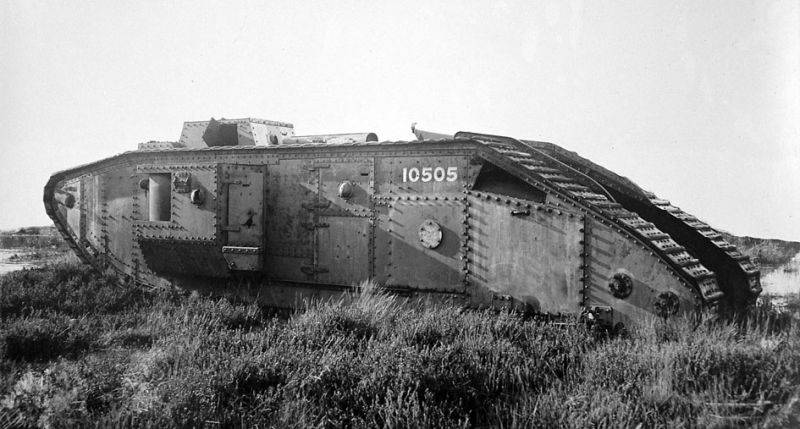
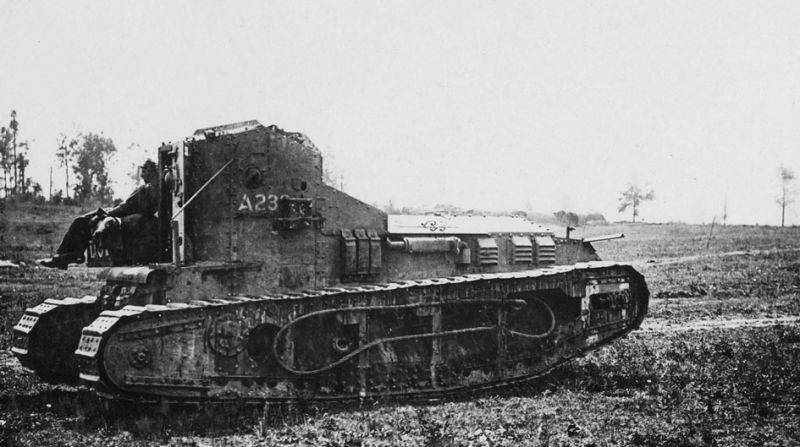
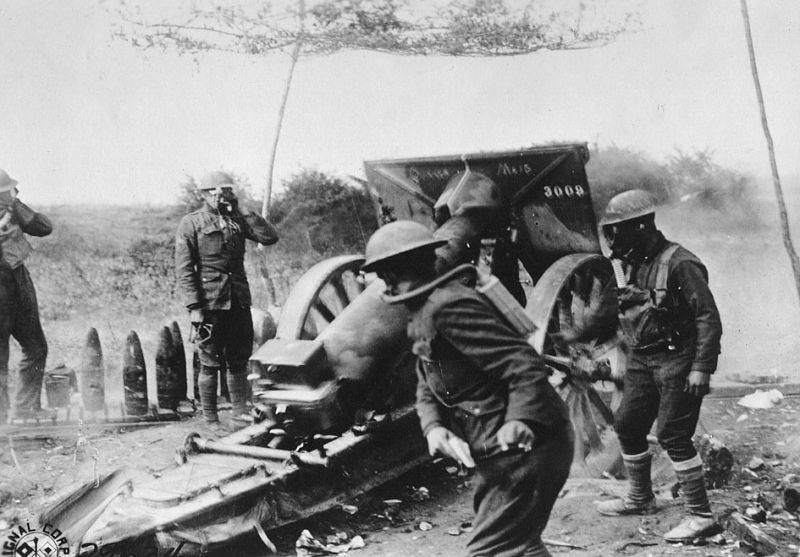
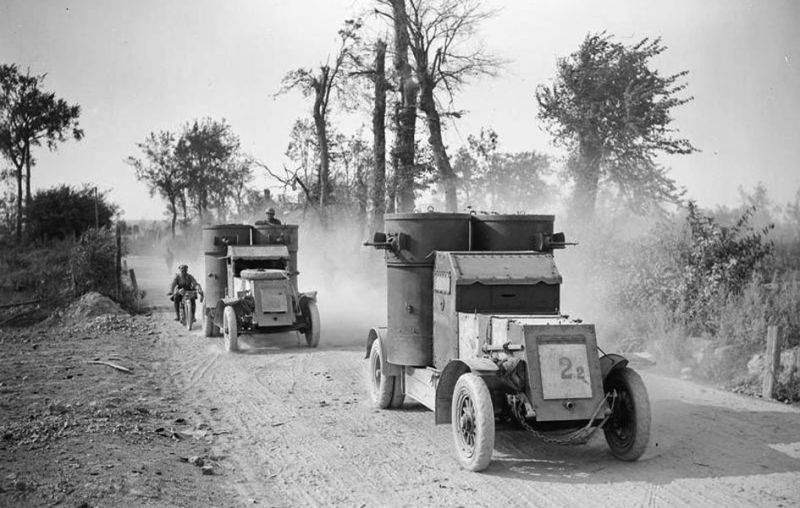
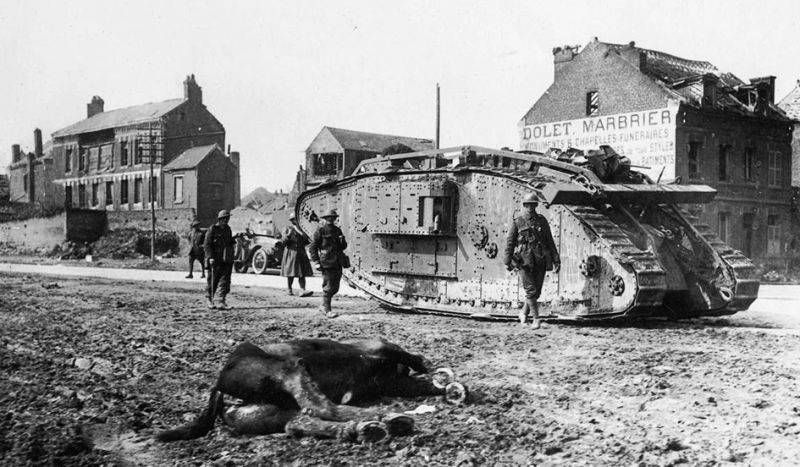
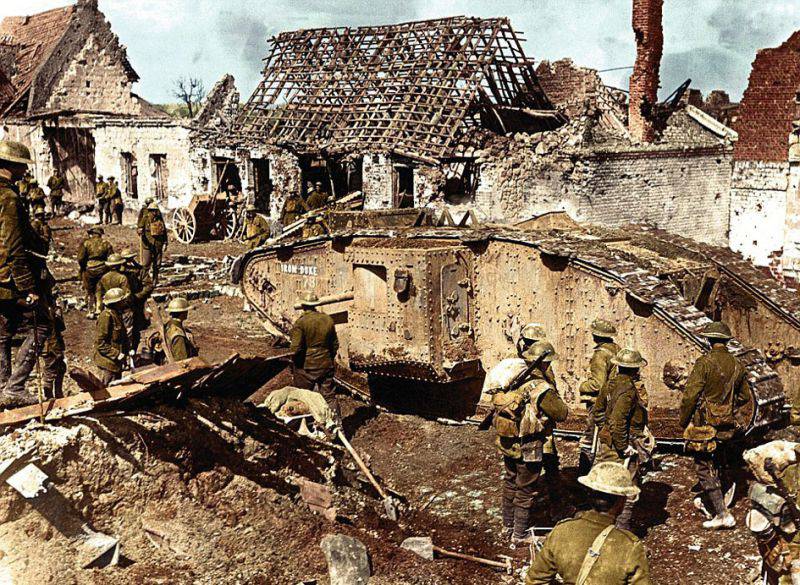
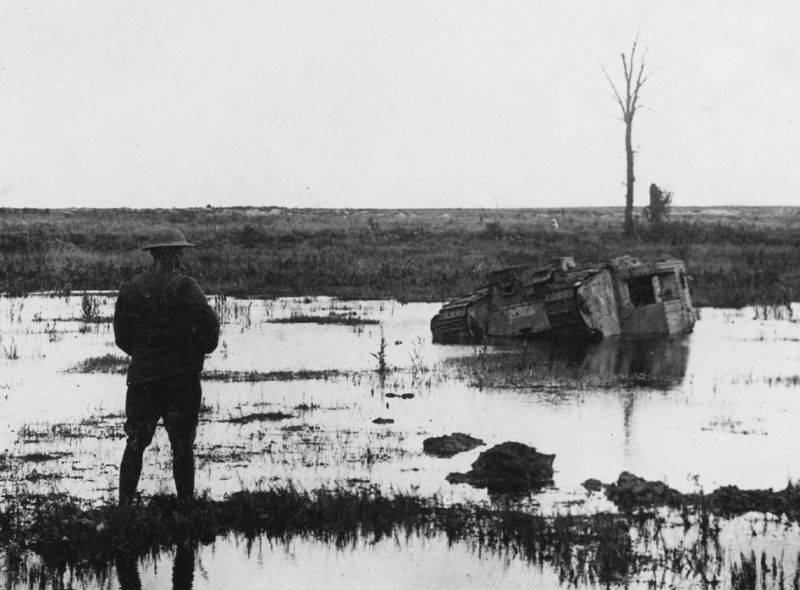
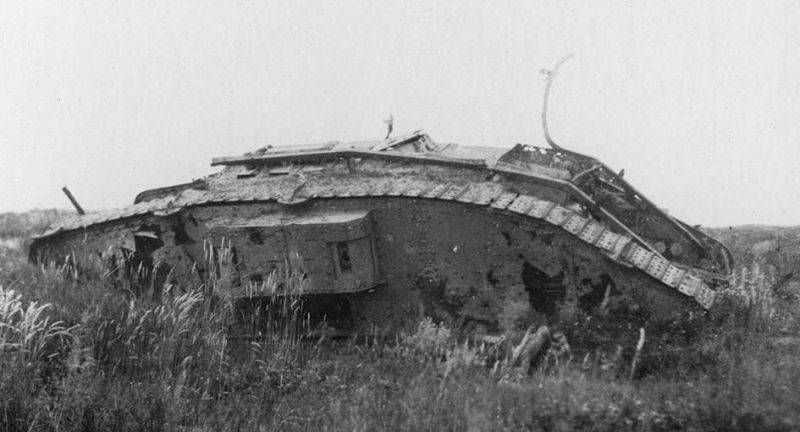
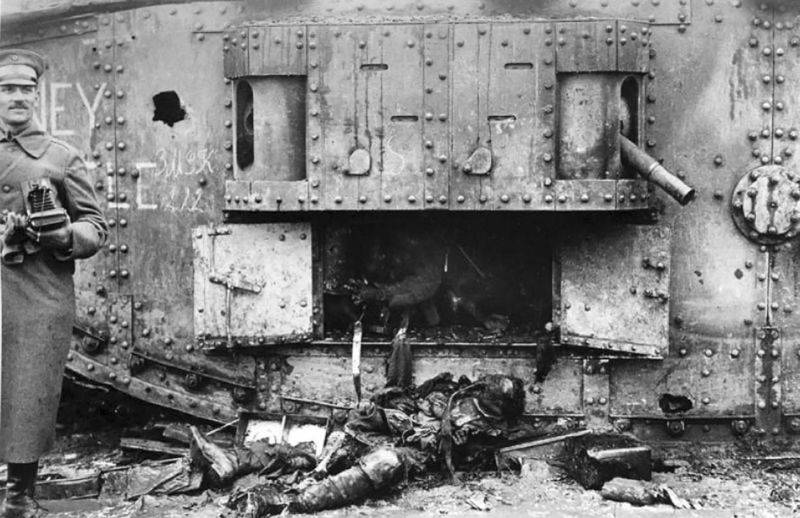
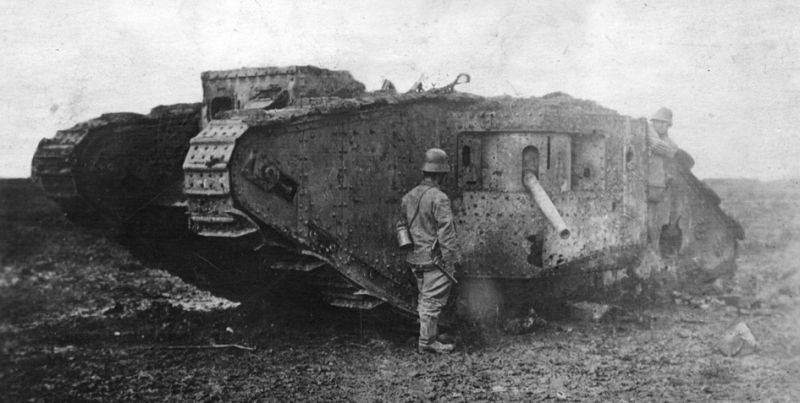
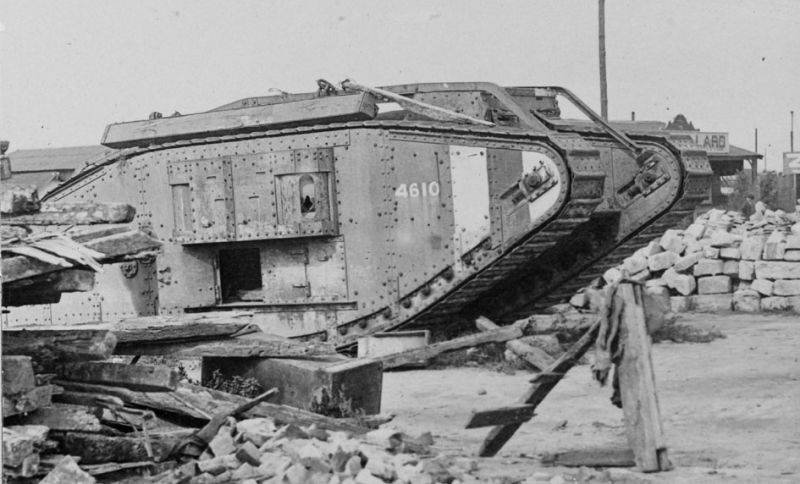
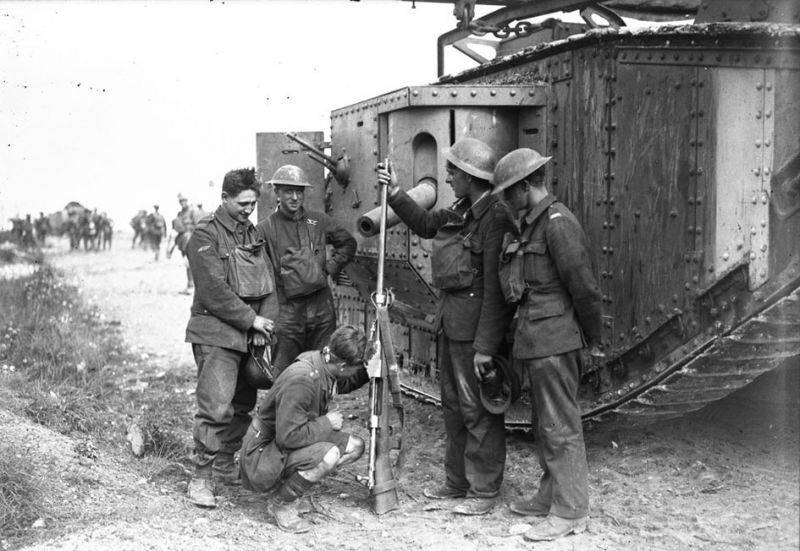
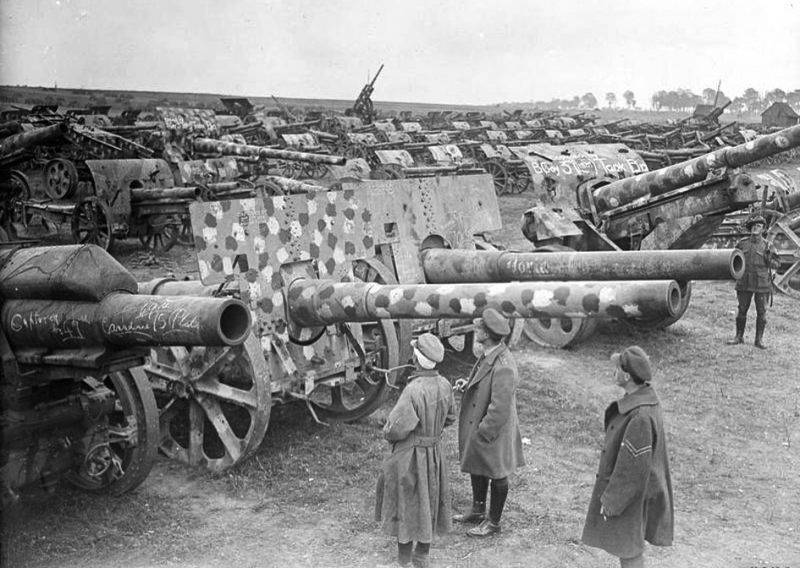
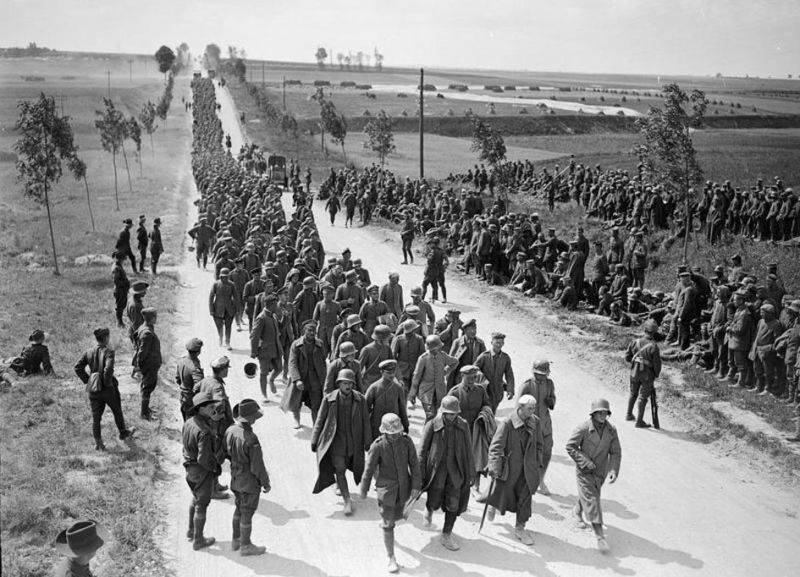
Information